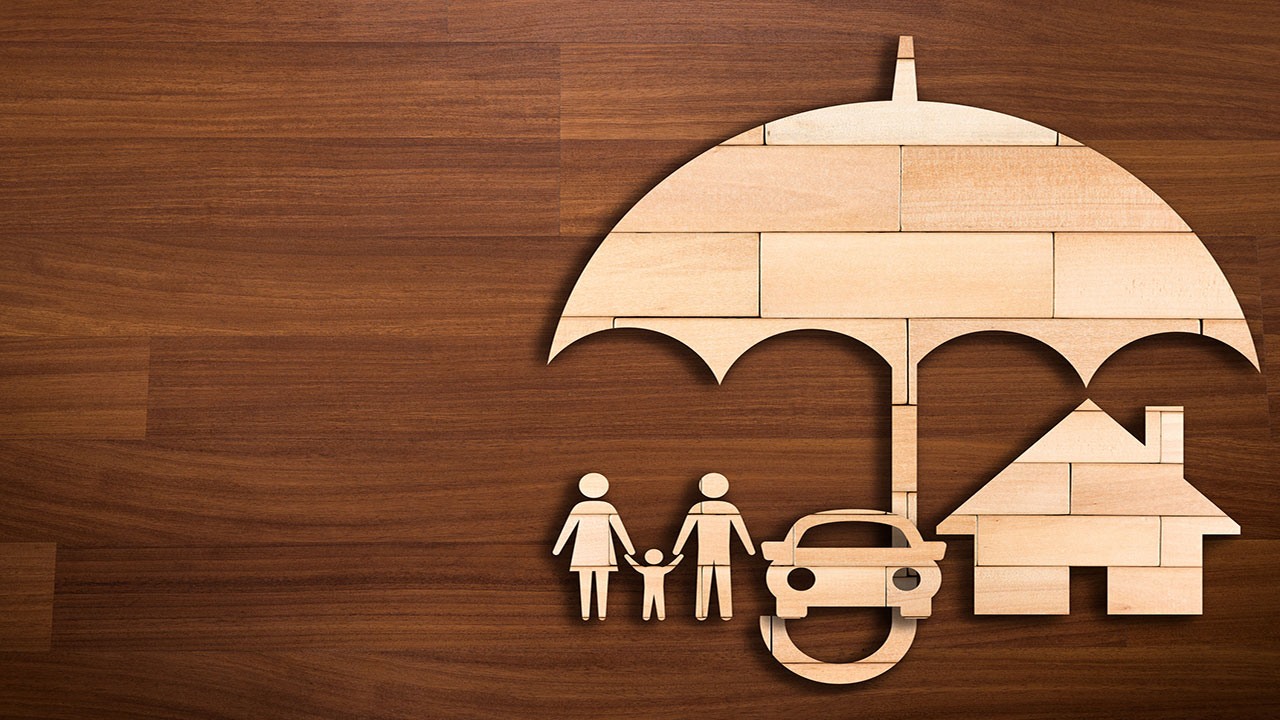What California Homeowners Should Know About Earthquake Insurance

Earthquakes can have devastating effects. And considering the fact that there are fault lines throughout the Golden State, this west coast state is prone to earthquakes more than most other states in the US.
You already have homeowner’s insurance (or at least you should), but should you take out an extra policy to protect against damage caused by earthquakes? Before you do, be sure to consider everything about these types of policies.
Earthquake Insurance Isn’t Mandatory

Homeowner’s insurance is required if you plan to take out a mortgage on a home. Lenders want to make sure a home is insurable before they extend a loan. But not every homeowner necessarily needs earthquake insurance. Depending on where you live, earthquakes might be a rarity, while they may be more commonplace in other parts.
Only you can decide whether or not you should get earthquake insurance, as it’s not a mandatory type of coverage that homeowners are required to take out. That said, California is one of the states in the US that is prone to earthquakes – especially along fault lines – so it’s something that may be worth considering.
Coverage Required Depends on Several Components
The amount of earthquake insurance that you take out will depend on certain things, such as the value of your home, the cost to rebuild it, and the value of your personal possessions. Consider the value of everything that may be at risk when determining how much insurance to take out.
Coverage is Expensive

Insurance itself is not exactly cheap. But earthquake insurance, in particular, is quite expensive compared to standard policies. And the cost of coverage becomes even more expensive in earthquake-prone regions. You can expect to pay an average of $3.50 per $1,000 of coverage in California. So, for a home that’s worth $500,000, the annual premium would be $1,750.
Several Factors Influence Rates
The above figure is an average ballpark amount you can expect to pay. But the actual cost of your policy depends not only on the value of your home and the cost to rebuild it, but also the following:
- ZIP code
- Proximity to fault lines
- Age of the home
- Number of stories
- Building materials used
- Soil type
Deductibles Need to Be Paid First

Just like any other type of insurance policy, a deductible will need to be paid when you file a claim. The amount of your deductible will sometimes depend on what you decided on when you first took out your policy, if your insurance provider allows you to choose. For instance, you may have chosen a higher deductible amount in exchange for a lower annual premium. Or else, a lower deductible amount will mean a higher premium.
Otherwise, many insurance companies offer set deductibles based on the overall policy limit, usually somewhere in the range of 15%. That means that if you file a claim for a $300,000 policy, you would have to pay a deductible of $45,000.
Consider what your deductible is and the extent of the damage done to your home as a result of an earthquake before you decide to file a claim. If the damage done is minimal, it might not be worth paying the deductible and seeing your premiums increase as a result. On the other hand, extensive damage will likely be worth tapping into the policy you took out to protect your finances in the event of an earthquake.
Possessions Are Covered to a Set Amount
With earthquake coverage, your personal belongings are generally covered up to a set dollar figure. Let’s say your limit is $5,000, which would be fine if the damage done to your possessions doesn’t amount to any more than that.
But this can be a bit of an issue if expensive entertainment systems, electronics, and other high-ticket valuables that are valued much higher than $5,000 are broken. If you have a lot of valuable goods in your home, consider taking out more coverage for contents.
Exclusions May Exist

Not everything will necessarily be covered in an earthquake insurance policy. Certain things may be excluded, so you’d be well advised to find out what is and is not included in your policy when you take one out.
Examples of things that an earthquake policy may cover include:
- Repairs to your home and any attached structures
- Furniture
- Clothing
- Additional living expenses if your home is uninhabitable
Things that an earthquake policy probably won’t cover include:
- Fences
- Pools
- Separate structures
- Vehicles
- Fine china and other delicates
- Masonry
- Sinkholes
- Fires caused by an earthquake
- Floods caused by an earthquake
Discounts Exist For Retrofitted Homes
If you’ve taken precautions to ward against damage caused by earthquakes, you may be eligible for a discount on your policy. For example, bolting down appliances, securing the home to the foundation, and bracing interior walls can all help to keep the structure standing despite an earthquake. Whatever you do to solidify your home’s structure, you can reap the rewards with a lower premium.
The Bottom Line
Earthquake insurance is by no means required. But considering the state in which you live, it might be a viable policy to think about. That said, the expenses need to be considered, as does the type of coverage that you’ll get. Be sure to speak with an insurance provider and ask plenty of questions about these types of policies before you take one out.


